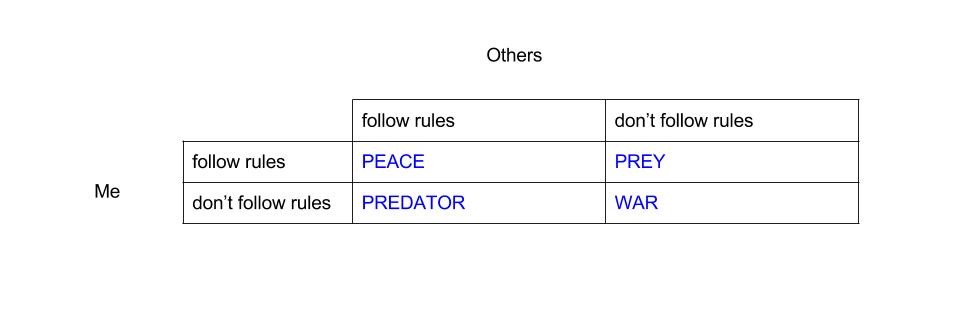In Arts One this term we read Jane Austen’s Northanger Abbey (we’re reading the “Oxford World’s Classics” edition, edited by James Kinsely and John Davie, so that’s what the page numbers below refer to). In class we discussed how the protagonist, Catherine Morland, seems not a terribly interesting character. She’s naive, simple-minded, easily swayed by what she reads in gothic novels, too ready to submit to the knowledge and judgment of Henry Tilney as superior to her own, and well, just rather dull.
But the more I thought about the text, the more I began to wonder if there’s a more positive way to view her character. Basically, I was wondering why in the world Austen would choose this type of girl to be a protagonist, especially when she’s written so many more interesting female protagonists in other novels (yes, this was a very early novel, but still…).
We discussed in class how Northanger Abbey can be read as a social commentary on the horrors of social life being just as bad or worse than those of gothic fiction. And I was thinking about how Catherine is really an outside to social customs and manners in much of the text. There is so much she doesn’t understand, that she misses. For example:
- She is confused when John Thorpe says two contrary things on one of their carriage rides. This is because “she had not been brought up to understand the propensities of a rattle, nor to know how many idle assertions and impudent falsehoods the excess of vanity will lead” to (46).
- Similarly, she can’t understand it when General Tilney says he doesn’t care about the dinner that Henry will provide for them, while at the same time meaning exactly the opposite: “…why should he say one thing so positively, and mean another all the while, was most unaccountable! How were people, at that rate, to be understood?” (156).
- At first when the flirtation between Isabella and Captain Tilney is starting, she seems very naive and thinks that Isabella must simply not understand what she is doing, and Catherine feels she ought to try to warn her of the fact that the Captain may be falling in love with her (106)
- Catherine is entirely ignorant of John Thorpe’s affection towards her, and that she encouraged him in thinking she might be willing to marry him (90-91, 104-105).
All of these things and more suggest that Catherine is just socially ignorant, that she doesn’t understand the usual customs and what certain behaviours mean. We can look at her as just a simple-minded country girl who is being introduced to society and failing at it, but maybe there’s something else going on.
Perhaps we could look at Catherine as a lens through which to see the social norms and customs from the outside, as it were, so as to be able to see them as strange. I mean when you think about it, it is unaccountable that one should say one thing and mean entirely the opposite. How can people be understood that way? And why would someone who is seemingly happily engaged flirt with someone else in such a way as Isabella does? Why must being friendly and polite and entirely honest mean that someone else takes one’s words as meaning one is in love with that person? What the General did to Catherine really is entirely incomprehensible.
Catherine’s mother sums it up well when she says of the General’s actions in throwing Catherine out of the house: “it is something not at all worth understanding” (173).
Perhaps it takes an outsider’s viewpoint to make the insanity of what the social situation of marriage, especially for women, makes people do. In that sense, I wonder if we are to empathize with Catherine, and agree with Henry when he praises her because she is “open, candid, artless, guileless, with affections strong but simple, forming no pretensions, and knowing no disguise” (152).
Maybe she is not just simple-minded as I originally thought. Or maybe she is to some extent, but that this is not such a bad thing. She refuses to play the social games (or perhaps one should rather say that she can’t because she doesn’t know how and doesn’t see why one should), and yet she still “wins” (and Isabella loses–she gets neither James nor Captain Tilney).
Now I kind of like Catherine. Well, at least more than I did.



